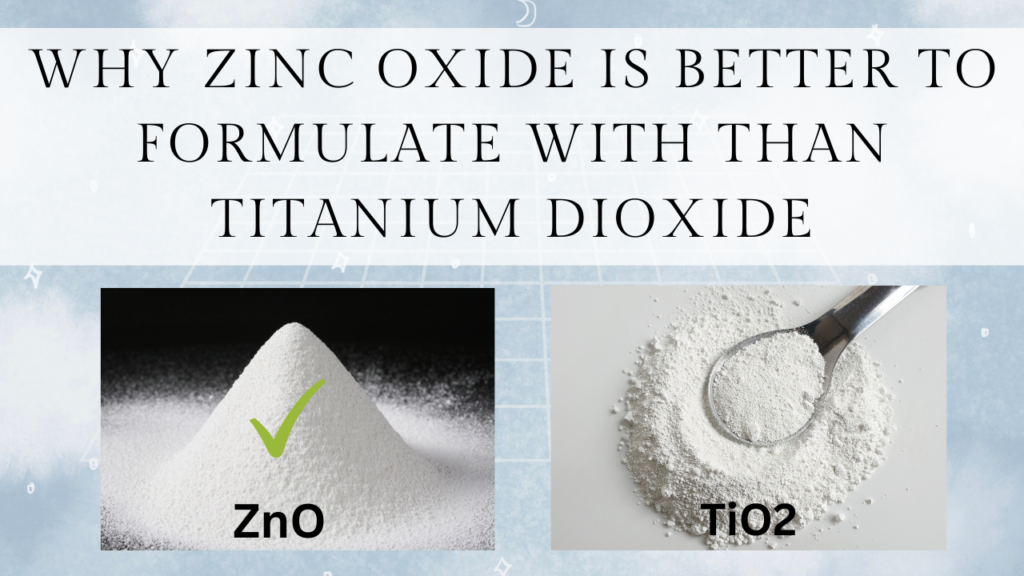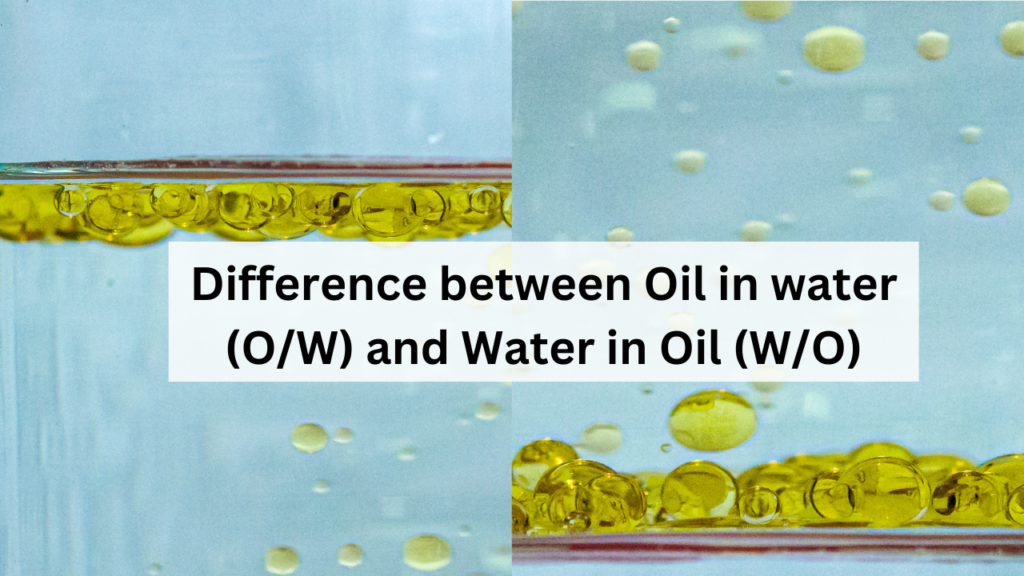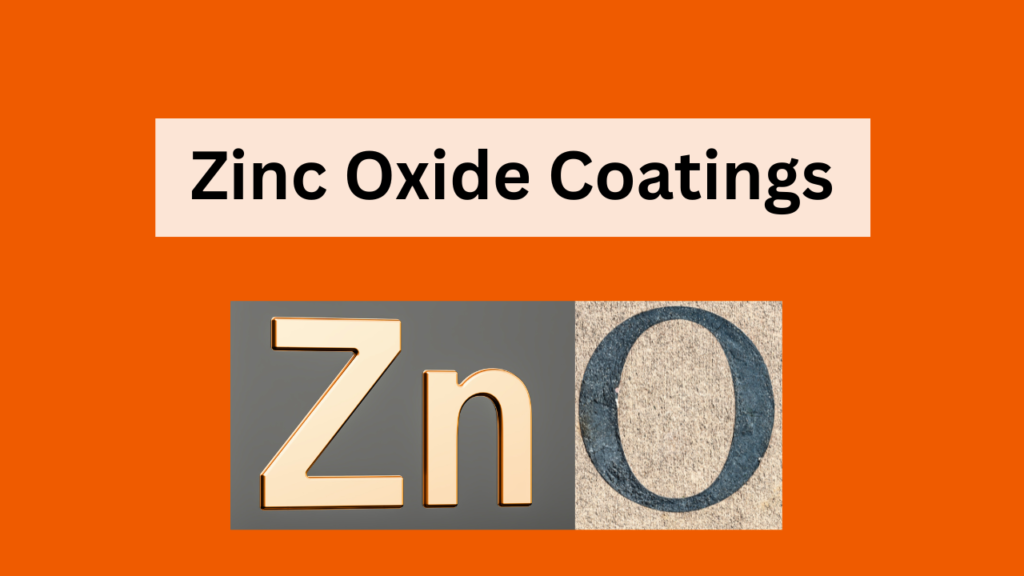Why Zinc Oxide is Better to Formulate with Than Titanium Dioxide.
Introduction: Choosing the appropriate sunscreen can sometimes be as challenging as deciphering an unfamiliar language. You may have come across numerous recommendations for using sunscreens that contain titanium dioxide or zinc oxide, but what makes these components so essential for safeguarding against the sun’s harmful effects? Zinc oxide and titanium dioxide are two naturally occurring …
Why Zinc Oxide is Better to Formulate with Than Titanium Dioxide. Read More »




